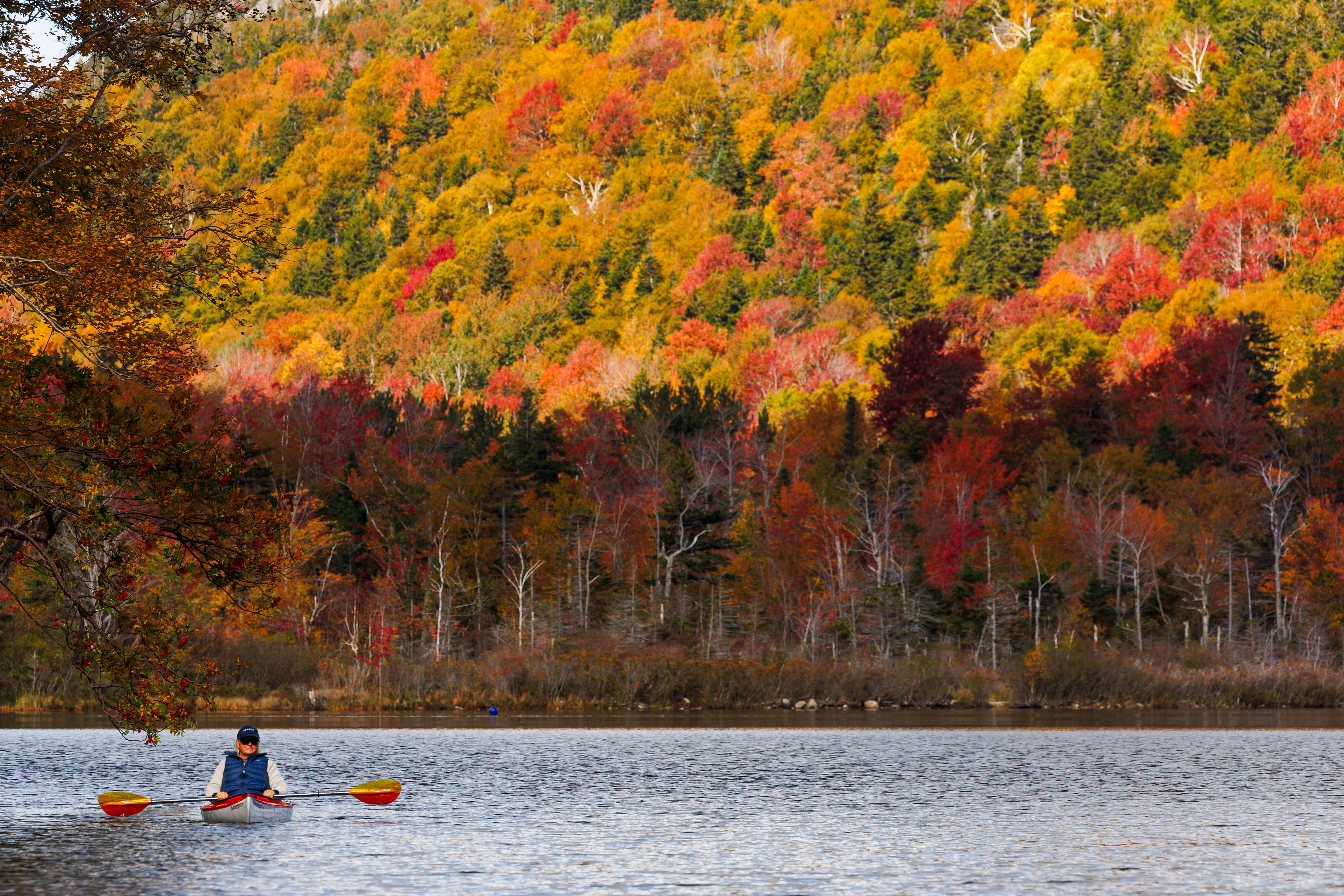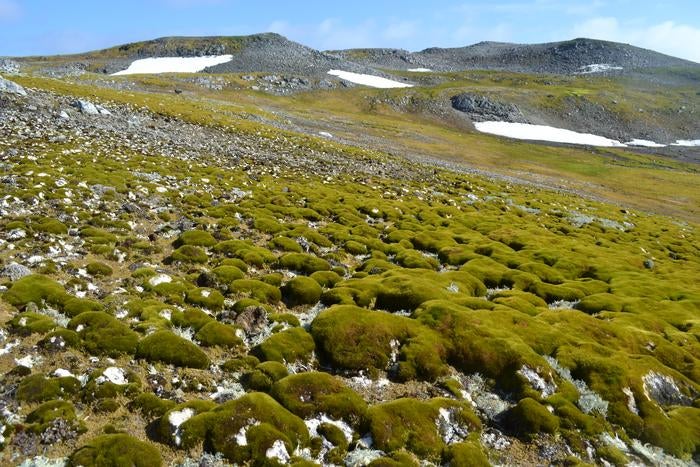The colors of the world are changing as climate change is morphing nature’s most beautiful sights
Warming global temperatures can turn brilliant fall foliage colors brown and ocean waters bright green
Your support helps us to tell the story
From reproductive rights to climate change to Big Tech, The Independent is on the ground when the story is developing. Whether it's investigating the financials of Elon Musk's pro-Trump PAC or producing our latest documentary, 'The A Word', which shines a light on the American women fighting for reproductive rights, we know how important it is to parse out the facts from the messaging.
At such a critical moment in US history, we need reporters on the ground. Your donation allows us to keep sending journalists to speak to both sides of the story.
The Independent is trusted by Americans across the entire political spectrum. And unlike many other quality news outlets, we choose not to lock Americans out of our reporting and analysis with paywalls. We believe quality journalism should be available to everyone, paid for by those who can afford it.
Your support makes all the difference.For years, Earth’s stunning color palette was as reliable as the changing of the seasons. The leaves turned a vivid vermillion hue in the fall, and the crystal clear waters off the Florida coast were a sparkling teal.
Now, climate change is distorting these natural wonders.
Last year was the Earth’s hottest year on record. This year has also seen multiple temperature records fall, both on and off land, resulting in ripe hurricane conditions in the Gulf of Mexico and heavy flooding rainfall that has killed dozens across the southern US.
Fall generally brings a respite from sweltering heat, but Arizona’s capital city of Phoenix saw record highs during a heat wave days into the season and the Northeast has also seen abnormally warm and dry weather. Fall has warmed by 2.5 degrees on average across hundreds of US cities since 1970, according to the nonprofit Climate Central.
Historic fall pastimes like leaf peeping are now vulnerable amid the climate crisis, the group says. An August Climate Central report found that what can trigger the changing colors of the leaves is also shifting under climate change.
Both the timing of when they emerge and their brilliance is influenced by temperature, rainfall and other climate conditions.

Typically, cool temperatures promote colorful leaves — but fall nights have warmed by more than 2.7 degrees on average in 212 locations across the country from 1970 to last year.
Warmer temperatures can delay natural cues for plants to shut down before winter and result in both later and shorter peak fall foliage season, which typically fills the northeast treelines with autumn colors.
As the days shorten toward the end of the year, reduced exposure to the sun signals the plants to ramp down photosynthesis, the process of converting sunlight into energy they need to survive, leading to the colorful displays people expect.
That process leads to reduced chlorophyll, which is a green pigment used during a process, and the leaves turn bright orange, yellow, red, and even purple. Severe drought and heat, however, can turn leaves brown before the trees can even produce such a display.

Nearly 10,000 miles away from New England’s colorful canopies, a usually frozen Antarctica is turning green. Vegetation across the Antarctic Peninsula has increased more than tenfold over the past 40 years, according to a recent study published in the journal Nature Geoscience.
The region is warming faster than the global average. The research follows work showing plant life was growing rapidly on the continent and that “green” snow laced with microscopic algae is likely to spread as temperatures continue to rise.
In fact, the world’s oceans are also becoming more green thanks to climate impacts. A group of international researchers analyzed NASA satellite images over two decades to uncover this change in more than half of the world’s oceans.
They theorized the greening could be due to the abundance of microscopic algae, such as phytoplankton, that produce chlorophyll and a decrease in the mixing of the ocean’s waters. Mixing is a crucial process that influences the ocean’s ability to take in carbon and heat. Phytoplankton grow more in warmer waters, as well as other kinds of algae blooms.
These impacts are only expected to become more pronounced, as the globe continues to warm, and fossil fuel emissions contribute to that warming - and different colors seen across the globe.

Join our commenting forum
Join thought-provoking conversations, follow other Independent readers and see their replies
Comments